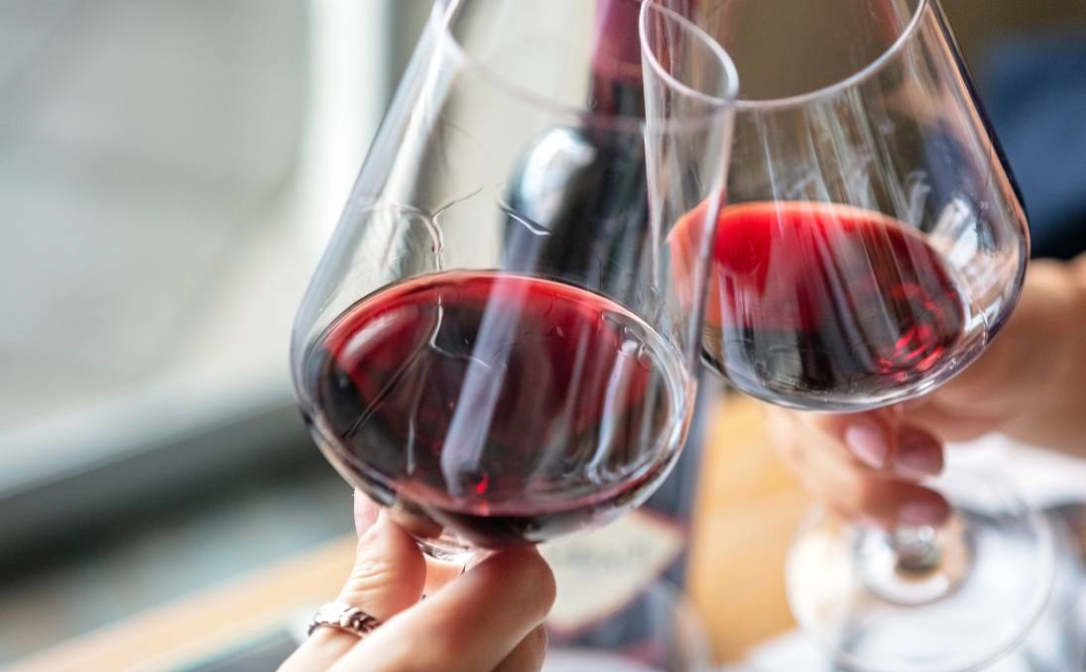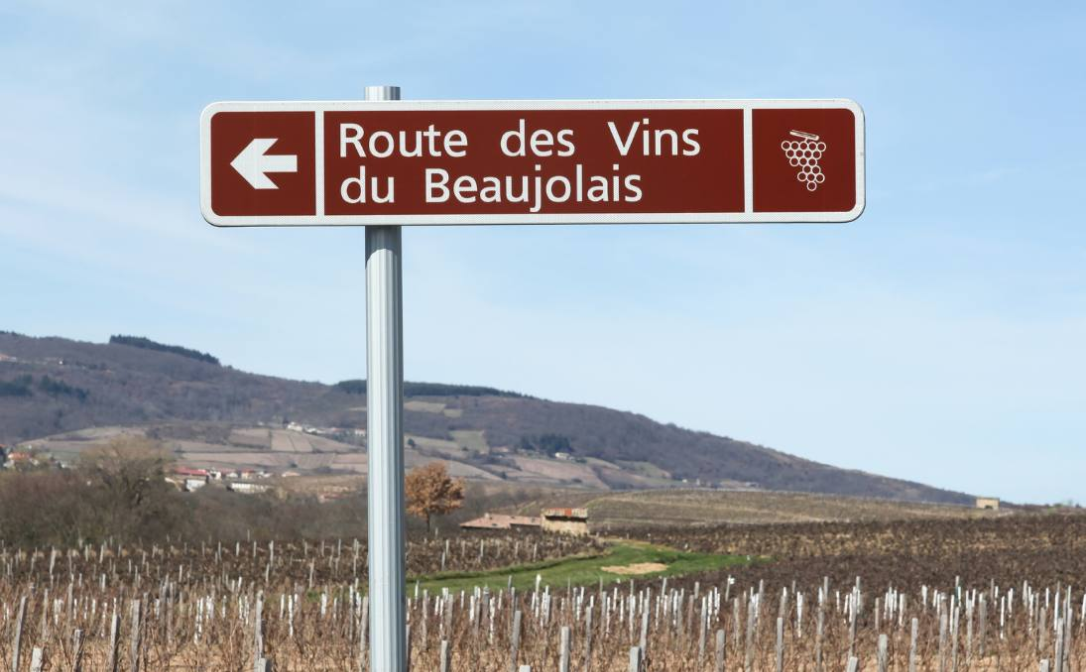For decades, the third Thursday of November has been a date for wine lovers to mark on their calendars: the day le Beaujolais Nouveau est arrivé! This young, lively red wine, once a worldwide phenomenon, fell out of favour after its glitzy heyday. But recently, it’s been making a quiet comeback. With a focus on craftsmanship and a renewed appreciation for wines that speak to their origins, Beaujolais Nouveau is once again turning heads. But what’s driving this renewed interest? And how does a wine so rooted in tradition remain relevant to modern drinkers?
If learning more about wines like Beaujolais Nouveau sparks your curiosity, why not explore our WSET Level 2 Award in Wines? Our courses are designed to deepen your knowledge and confidence in wine, whether you're a casual enthusiast or pursuing a professional path.
What is the history of Beaujolais Nouveau?
The origins of Beaujolais Nouveau can be traced back to the early 20th century in the rolling hills of the Beaujolais region in eastern France. Traditionally, winemakers would ferment Gamay grapes quickly after harvest to create a light, fresh wine. This early bottling, known as "vin de primeur," was a way to celebrate the end of the grape-picking season. The wine wasn't intended for ageing—it was enjoyed locally by workers and villages in the area, offering a first taste of the year's harvest.

In the 1950s, French law officially allowed the early release of these wines, and by the 1970s, the third Thursday in November had become a unifying date for its launch. This timing, just before the holiday season, turned it into a festive tradition across France and beyond.
By the 1970s and 1980s, thanks to the marketing genius of Georges Duboeuf—one of the region's most famous producers—Beaujolais Nouveau exploded into a global event. His flamboyant campaigns, paired with the iconic slogan “Le Beaujolais Nouveau est arrivé!” ("The Beaujolais Nouveau has arrived!"), captured global attention. Cities like London, New York, and Tokyo embraced the wine with open arms, hosting lively celebrations, parades, and even races to deliver the first bottles to key markets like London, New York, and Tokyo. However, by the early 2000s, oversaturation and a focus on quantity over quality saw its popularity wane.
Why did the UK fall in love with Beaujolais Nouveau?
The UK has long been a key player in the Beaujolais Nouveau story. During its peak in the 1980s, Nouveau fever swept across Britain, with wine lovers eagerly awaiting the arrival of the first bottles. London became a central hub for celebrations, with bars and restaurants hosting themed events to toast the wine’s release.
One of the quirkiest traditions involved the "Beaujolais Run," a race to transport the first bottles of Nouveau from France to the UK. Participants would race from Beaujolais to various locations in England, often in vintage cars or motorcycles. This unofficial competition captured the spirit of the wine—fun, fast and lighthearted. However, as oversaturation and inconsistent quality became issues in the 1990s, enthusiasm waned. For a time, it seemed like the celebration was destined to fade into obscurity.
Why is Beaujolais Nouveau making a comeback?
Today, Beaujolais Nouveau is enjoying a revival, driven by shifts in consumer tastes and a larger movement that celebrates authenticity, craftsmanship, and a return to roots. Key factors include:
- Craftsmanship over commercialisation: Many producers have scaled back on mass production, instead focusing on smaller batches that highlight the Gamay grape’s natural character and the region’s terroir.
- A taste for tradition: In an age of artisanal everything, Beaujolais Nouveau’s decades of history and seasonal release feel more relevant than ever.
- Social media buzz: The vibrant colours and festive energy of Beaujolais Nouveau are perfect for social sharing, attracting younger generations of wine lovers.
- Food and wine pairing trends: Its low tannins, bright acidity, and red berry notes make it a versatile companion for everything from charcuterie boards to hearty autumn dishes.

What about the broader Beaujolais region?
While Nouveau may be the region’s star attraction in November, the Beaujolais crus are increasingly capturing attention year-round. These ten villages, including Morgon, Fleurie, and Moulin-à-Vent, produce wines that range from delicate and floral to robust and earthy, many of them with the complexity for ageing potential.
How can you celebrate Beaujolais Nouveau today?
Whether you’re revisiting an old tradition or discovering it for the first time, here’s how to make the most of Beaujolais Nouveau Day:
- Raise a glass on release day: Join in the global celebration by enjoying a glass of Nouveau on the third Thursday of November. Many wine bars and restaurants host special events, so check out what’s happening near you.
- Serve it right: Beaujolais Nouveau is mostly enjoyed slightly chilled (around 12–14°C), to highlight its vibrant, fruity character.
- Pair It with seasonal foods: Its light body and fresh acidity make it a perfect partner for roasted turkey, creamy cheeses, or even pumpkin-based dishes.
- Discover the Crus: Venture beyond Nouveau to explore the region’s more structured and age-worthy wines.
Curious to delve deeper into the world of wine? Our WSET wine qualifications are the perfect way to expand your knowledge and skills. Whether you're exploring for fun or looking to build your career, our courses offer a comprehensive and engaging journey through the world of wine.
This blog post was written by Josh Beamish, Digital Marketing Manager at WSET. A devoted fan of Californian Pinot Noir and Italian Nebbiolo, Josh's holidays often revolve around wine regions. When not sipping wine, he enjoys craft beer or a well-made Negroni.


